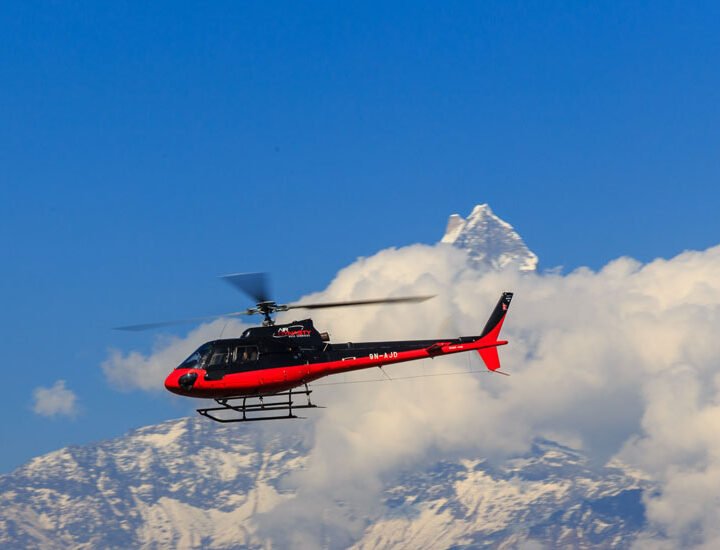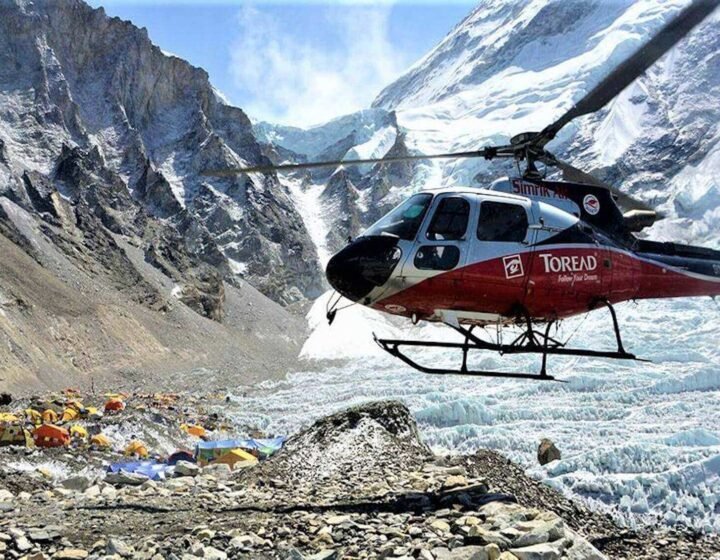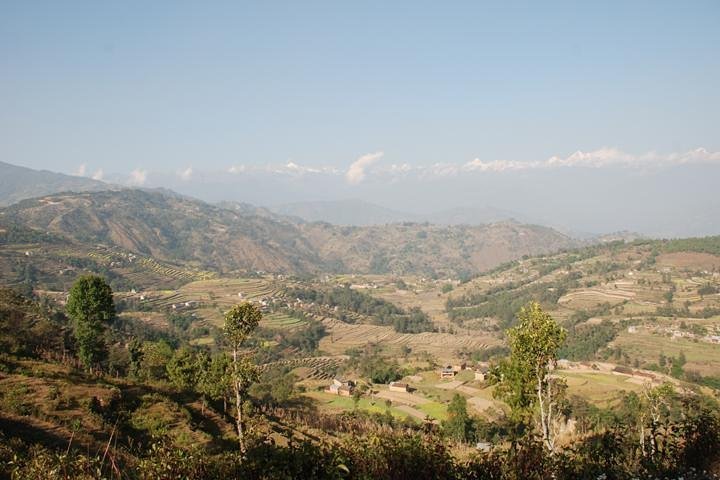- Details
Detailed itinerary
Itinerary- Tour Includes/Excludes
- Useful Info
- FAQ
Trip overview
Rafting against the tides of white water of the gargling Trishuli River is the best way to make your Nepal trip adventure-filled. With lush forests on the side, the river has exciting turns and gorges and plenty of Class III rapids of a different kind, like S bend, Pinball, and Ladies Delight.
The starting point, Charaudi, is situated 84 Kilometers to the west from Kathmandu on the Prithivi Highway. The vehicle will pick you up from your hotel at 7 in the morning. It shall take about 3 hours to reach Charaudi. We will then provide your rafting permit and assign you an experienced Adventure River Guide and a safety assistant along with the safety kits, and you are ready to go. Along the course of the river, you will be presented with epic sceneries of hills and valleys. The final destination is near Kurintar, about 18 kilometers away from the starting point. Somewhere in the middle, you will get to enjoy lunch on the sandy beach beside the intriguing boulders.
Most of the tourists opt for rafting while en-route to Pokhara, Chitwan, or Bandipur. After the completion of rafting, we manage transportation to the next destination via local buses. If you do not have any plan, we suggest you take a cable car up to the Manakamana Temple, from Kurintar and spend the day exploring the beautiful village in the holy premises.
You can choose to raft in the Trishuli River throughout the year, as per your preference. However, do note that water volume varies according to the season. From September to December, the water volume remains around 300 cumecs, from January to May it decreases further to about 200 cumecs. As monsoon starts, from June to August, the water volume increases up to 450 cumecs approximately and can be challenging for beginners.
As an alternative to Trishuli, you may as well do rafting on the Seti Gandaki River in Pokhara. The rapids on the Seti Gandaki are mostly Class II rapids, making rafting easier than in Trishuli. But, if you are looking for a more challenging option, we recommend Bhotekoshi River rafting in Sindhupalchowk (about 4 hours from Kathmandu).
Itinerary
Included
- Rafting guide and safety equipment (helmet, life jacket, etc.)
- Raft and paddles
- Transportation to and from the river
- Lunch and snacks
- Drinking water
- Basic accommodation (if a multi-day trip)
Excluded
- Personal expenses (e.g. souvenirs, alcohol)
- Tips for guides and staff
- Additional activities (e.g. canyoning, kayaking)
- Travel insurance
- Accommodation before or after the rafting trip (if a multi-day trip)
Useful Info
- Best time to go: The best time for rafting at Trishuli is from September to November and from March to May. The water levels are generally higher during these months, providing for more exciting rafting experiences.
- Difficulty level: The Trishuli River has rapids of various difficulty levels, from class II to class IV, making it suitable for beginners as well as experienced rafters. Be sure to check with your tour operator about the difficulty level of the rapids on your chosen route.
- What to wear: You'll want to wear comfortable, quick-drying clothing for the rafting trip. Shorts, t-shirts, and swimwear are all good options. It's also important to bring a change of clothes for after the trip. Don't forget to bring sunscreen, sunglasses, and a hat to protect yourself from the sun.
- Safety: Safety is of utmost importance in white water rafting, so make sure to choose a reputable tour operator with experienced guides and safety equipment such as helmets, life jackets, and rescue ropes.
- Other activities: Trishuli is a popular destination for outdoor adventure activities, so you may also want to consider other activities such as canyoning, kayaking, hiking, or bungee jumping. Many tour operators offer combination packages for various activities.
- Accommodation: If you're planning a multi-day trip, there are plenty of accommodation options along the Trishuli River, ranging from basic campsites to more luxurious resorts. Be sure to check with your tour operator to see what accommodation options are available and included in the trip.
FAQs
-
Is Trishuli River safe for white water rafting?
Yes, Trishuli River is generally considered safe for white water rafting, as long as you choose a reputable tour operator and follow their safety instructions.
-
What is the best time to go white water rafting at Trishuli?
The best time for white water rafting at Trishuli is from September to November and from March to May, when the water levels are higher and the weather is generally favorable.
-
What is the difficulty level of the rapids in Trishuli River?
Trishuli River has rapids of varying difficulty levels, ranging from class II to class IV. This makes it suitable for both beginners and experienced rafters.
-
What should I wear for white water rafting at Trishuli?
You should wear comfortable, quick-drying clothing such as shorts, t-shirts, and swimwear. You should also bring a change of clothes for after the trip, and don't forget to wear sunscreen, sunglasses, and a hat to protect yourself from the sun.
-
Do I need to have any prior experience to go white water rafting at Trishuli?
No, prior experience is not necessary for white water rafting at Trishuli. Your tour operator will provide you with all necessary instructions and safety equipment.
-
What is included in a white water rafting tour at Trishuli?
White water rafting tours at Trishuli generally include transportation to and from the rafting starting point, safety equipment such as helmets and life jackets, a professional guide, and a lunch break at a riverside campsite.
-
Can I combine white water rafting with other activities at Trishuli?
Yes, Trishuli is a popular destination for other outdoor activities such as canyoning, kayaking, and bungee jumping. Many tour operators offer combination packages for various activities.






